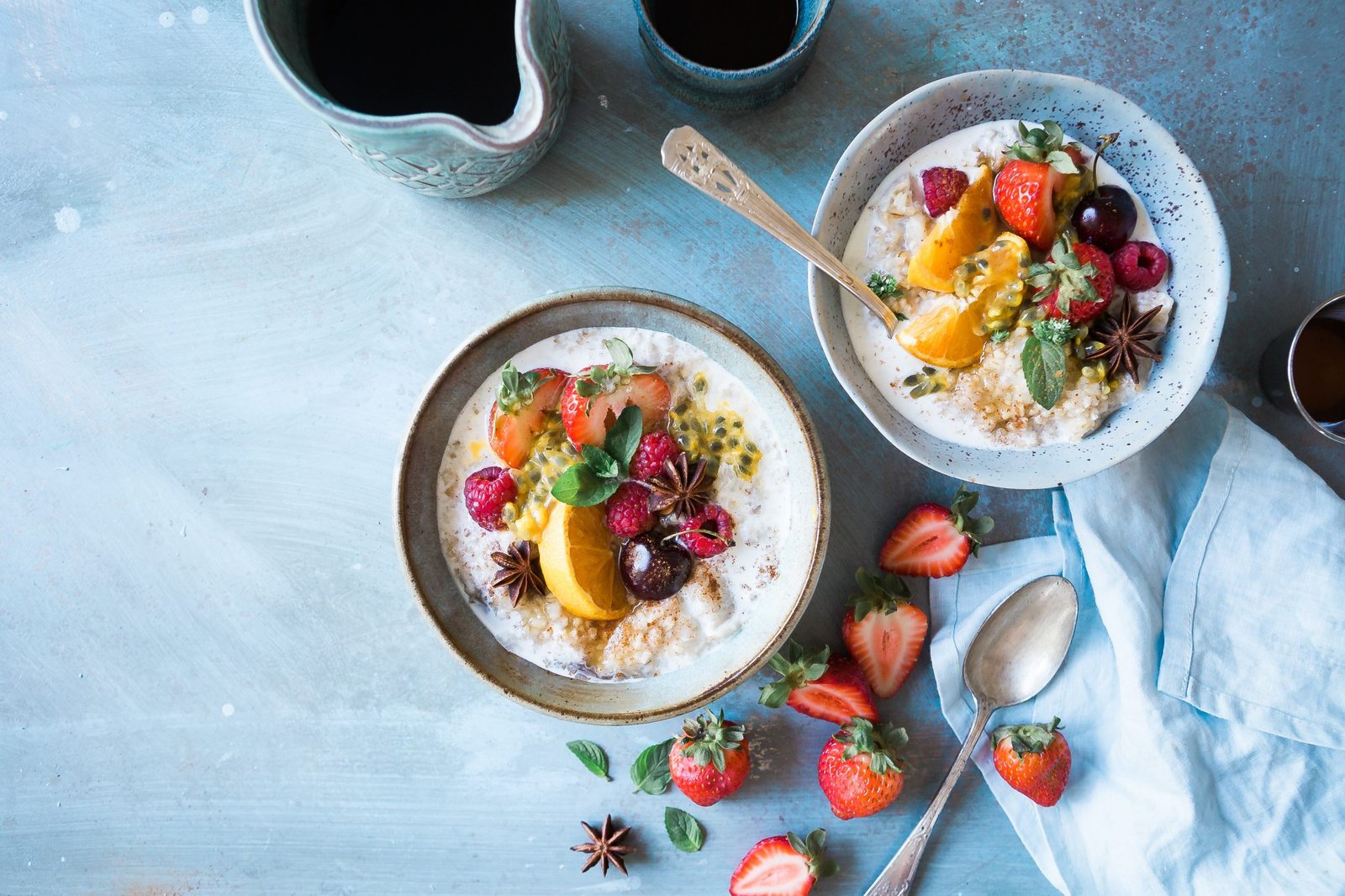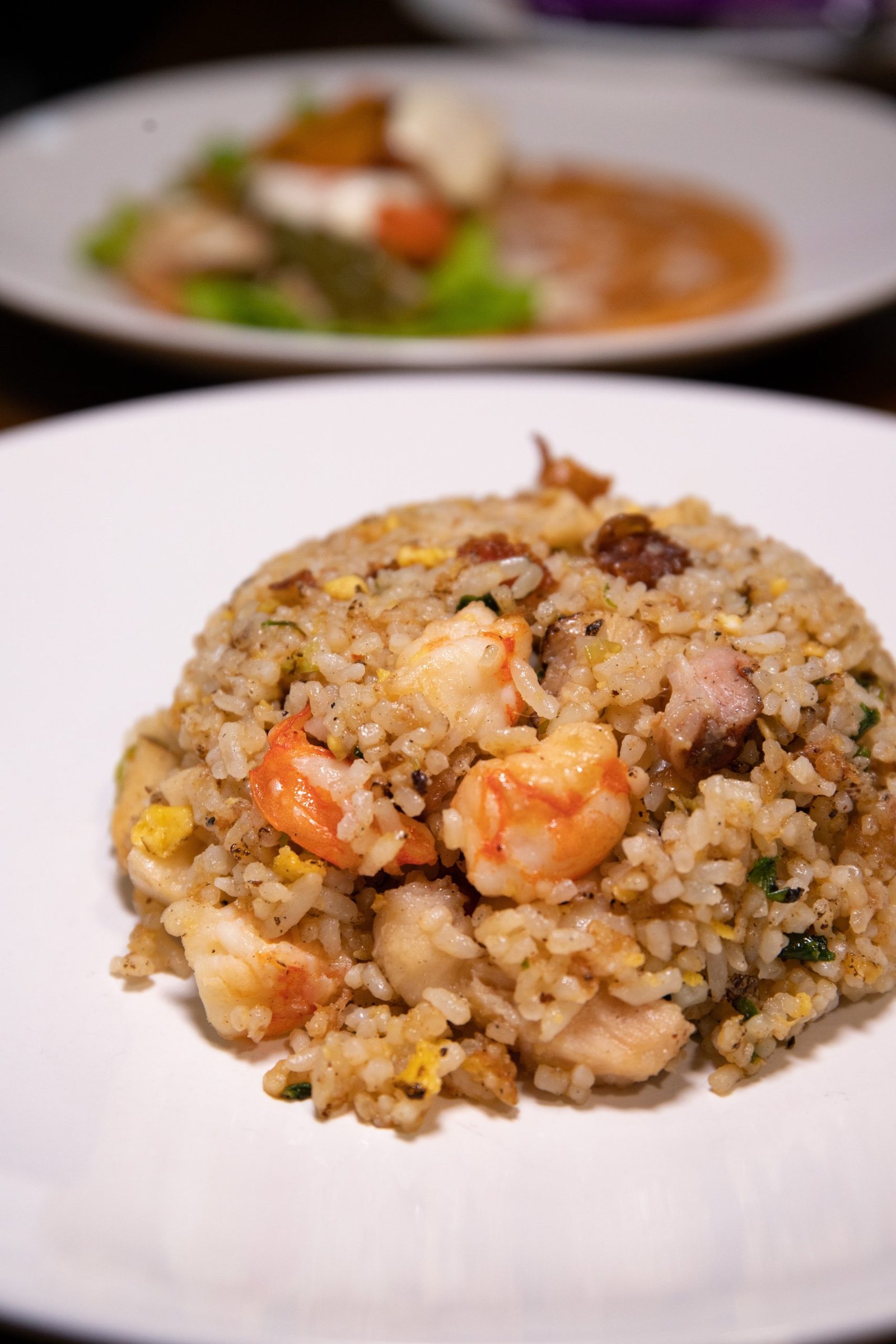Improving the diet is likely to also help with the weight and diabetes issues.
According to the CDC, some of the risk factors for heart disease include diabetes, being overweight or obese, having a poor diet, being physically inactive, and using alcohol excessively. Here are some tips for helping to re-think your eating for better heart health:
Breakfast
Reach for whole grain toast, whole grain cereals and don’t forget a serving of vegetables and/or fruit. To get in even more servings, try a quick and healthy fruit and veggie smoothie like the “Green Dragon Smoothie” featured on doctoryum.org.
Lunch
Pack a quick and healthy lunch that includes items like salads, hummus, and veggies, tuna salad with wholegrain crackers or bread, or homemade low-sodium soups that you can make ahead of time and take a couple of days in a row. The “Meal Maker Machine” has a “Souper Soup recipe” that allows you to customize a soup recipe using ingredients on hand.
Dinner
Opt for seafood, which has heart-healthy omega-3 fatty acids. Other good options include beans, salads with dressing, quinoa, whole grains, veggie burgers, chickpeas, lentils, and filling half of your plate with fruits and vegetables. Try to reduce processed foods, and fast food (which is often loaded with sugar and salt), high sodium foods, and unhealthy oils by cooking more at home.
Snacks
Skip the chips and cakes and opt for food like unsalted nuts, fruits, and veggies, seeds, rice cakes, bell pepper slices, vegetables and hummus, or whole-grain toast with all-natural peanut butter.
Drinks
Leave the sugary drinks behind, and opt for water, sparkling water, plain soymilk, unsweetened coffee, and tea, or water steeped with fruit.
Dining Out
When dining out, opt for dishes that are lower in sodium and fat content, such as those that are baked, grilled, or broiled, rather than ones that are fried. Minimize the sugar intake by opting for unsweetened beverages and sticking to mostly fruits for sugar cravings. Choose seafood, fish, lean meats, vegetarian options, vegetable dishes, and beans. Portion sizes for restaurant meals tend to be oversized, so box a portion of your meal for lunch the next day.

“Heart healthy foods are all around us, it’s just a matter of opting for them over the other ones that are also available. Common barriers to eating healthy are cost, convenience, and taste. By following the 3 P’s (prep, plan and prioritize) these barriers can be overcome” adds Dr. Fernando. “With some initial effort, we can all focus on eating healthier and feeding our children better. The more people make changes and stick to them, the more it will become a more natural habit.”
About The Doctor Yum Project
Founded by Dr. Nimali Fernando, The Doctor Yum Project is a nonprofit organization that is dedicated to transforming the lives of families and communities by providing an understanding of the connection between food and overall health, as well as empowering them with the tools to live a healthy life. They offer a variety of community programs to help with those efforts. They are located in Fredericksburg, Virginia, and feature an instructional kitchen and teaching garden for holding classes. To learn more, visit the site at: www.doctoryum.org.








